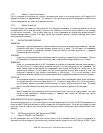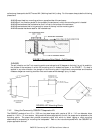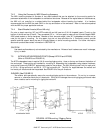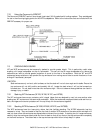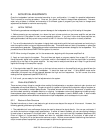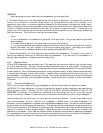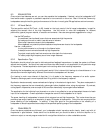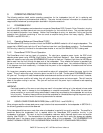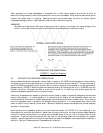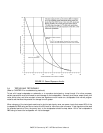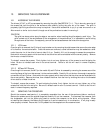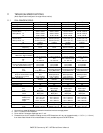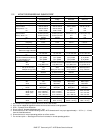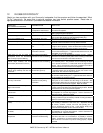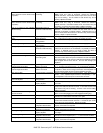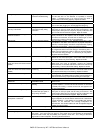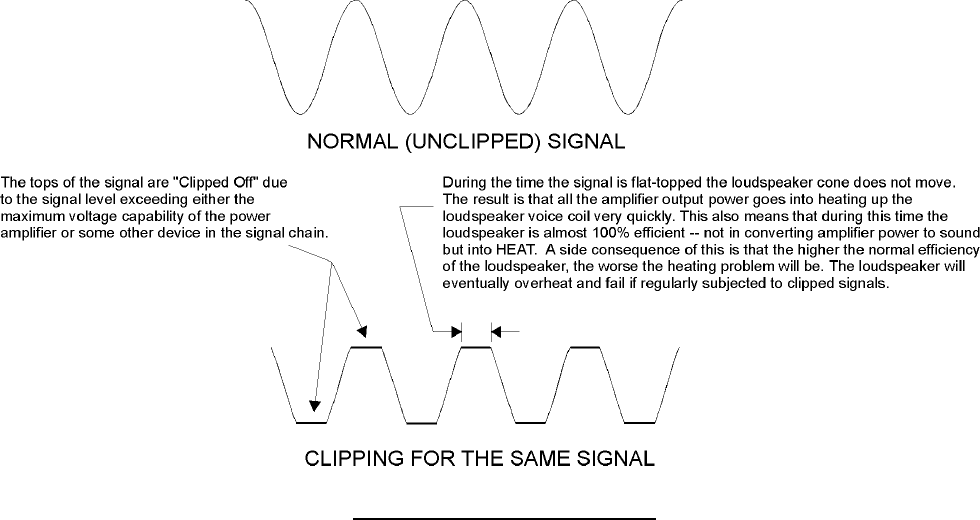
PAGE
33
Community XLT / XLTE Series Owner’s Manual
When operating a full-range loudspeaker or subwoofer with a lower power amplifier and without any sort of
electronic limiting protection, ensure that the amplifier’s limits are not exceeded. Most amplifiers have some type of
indicator that shows when it is clipping. Keeping the signal volume level below this point will usually prevent
loudspeaker damage or failure. High frequency drivers are very intolerant of clipping.
WARNING:
Be aware that clipping from ANY piece of equipment that is clipping in the system can cause damage to the
drivers. In this case, it does not matter that the amplifier is operating below its maximum output.
FIGURE 11: Amplifier Clipping
9.3 ACOUSTIC VOLUME LEVEL PRECAUTIONS
Various studies have shown that acoustic volume levels in excess of 100 dB SPL can be damaging to human hearing.
The higher the volume level above this point, the shorter the time human ears can tolerate it. Volume levels near or
above 120 dB SPL are physically painful and can, after a very short exposure time measured in minutes, permanently
damage hearing. FIGURE 12 shows the maximum exposure times at volume levels from 90 to 115 dBA SPL from two
different authorities. Although they differ at lower volume levels, at 110 dBA they (and others) agree that the
maximum acceptable exposure time is only a few minutes.
Community loudspeakers are capable of producing volume levels in excess of potentially dangerous volume levels
close to the enclosure. In normal operation it is intended that the listener will be somewhat distant from the
enclosure and that the listener will therefore experience volume levels that are within tolerable limits. If you must be
near the loudspeaker when in operation, use adequate hearing protection. It is recommended that a sound level
meter be used to verify listening volume levels. Relatively inexpensive meters are available that provide adequate
accuracy for this purpose.
Avoid operating the loudspeaker systems at volume levels that exceed 100 dB SPL (C or flat weighting) in the
listening area for more than short periods. Rather than turning up the volume, one way to achieve greater apparent
volume for musical performances is to provide some moderate boost at the low, and to a lesser extent, at high
frequencies. Traditional bass and treble controls are ideal for this although these can be simulated on a graphic
equalizer. Judicious application of this type of equalization can make a loudspeaker sound significantly louder than it
actually is. Both your listeners and your loudspeakers will thank you.



